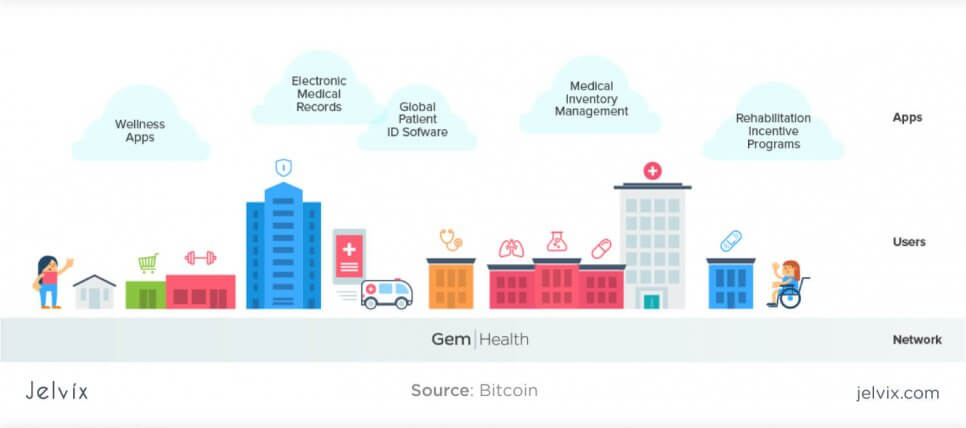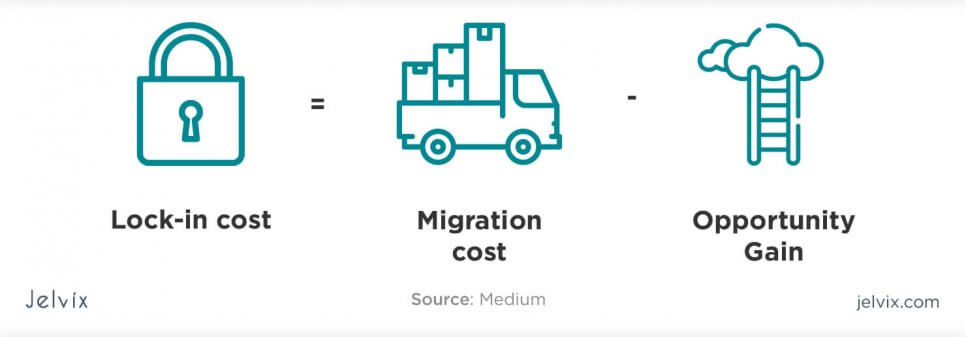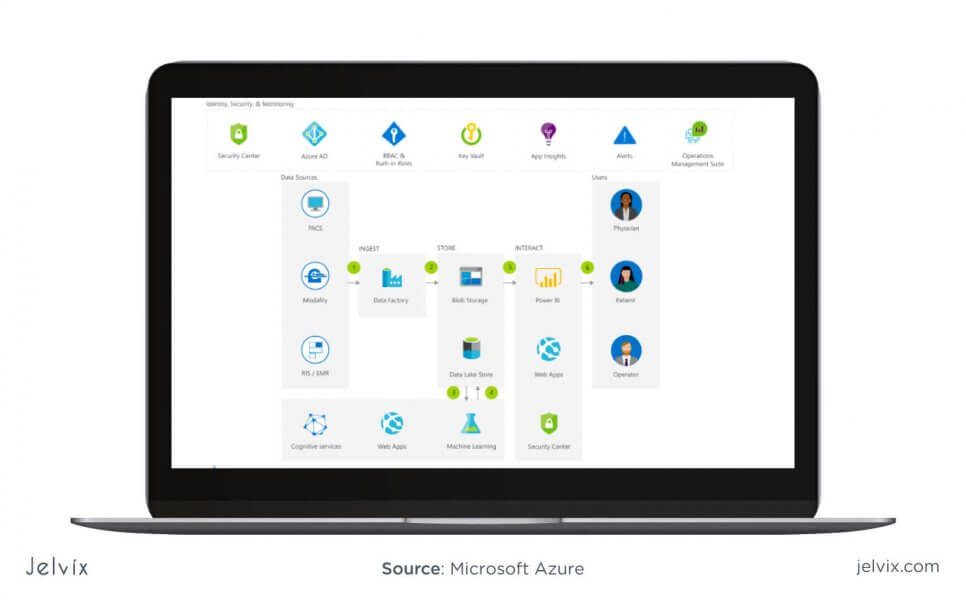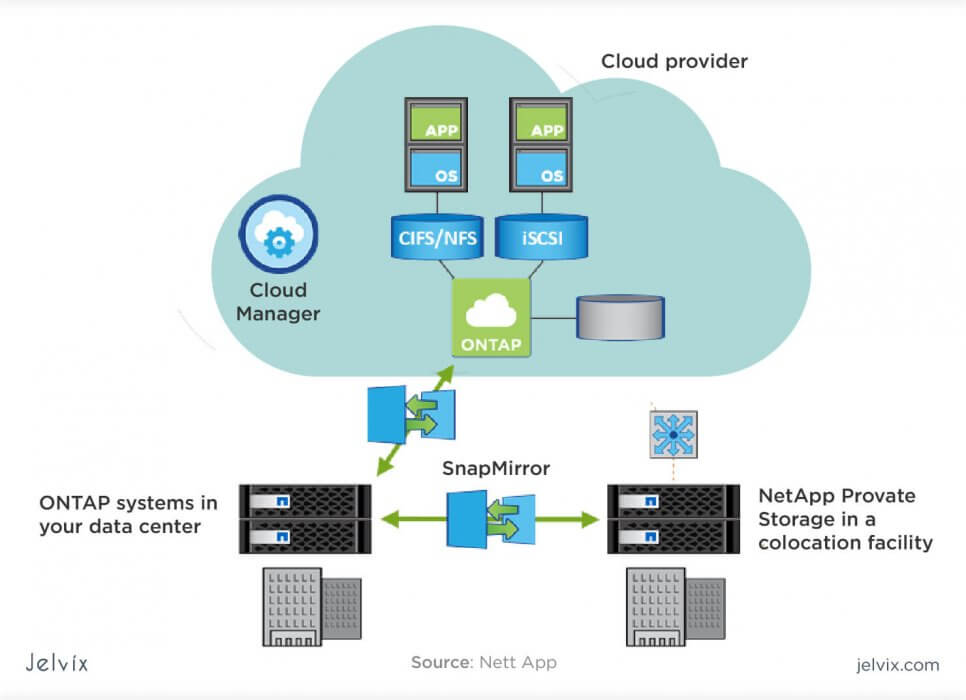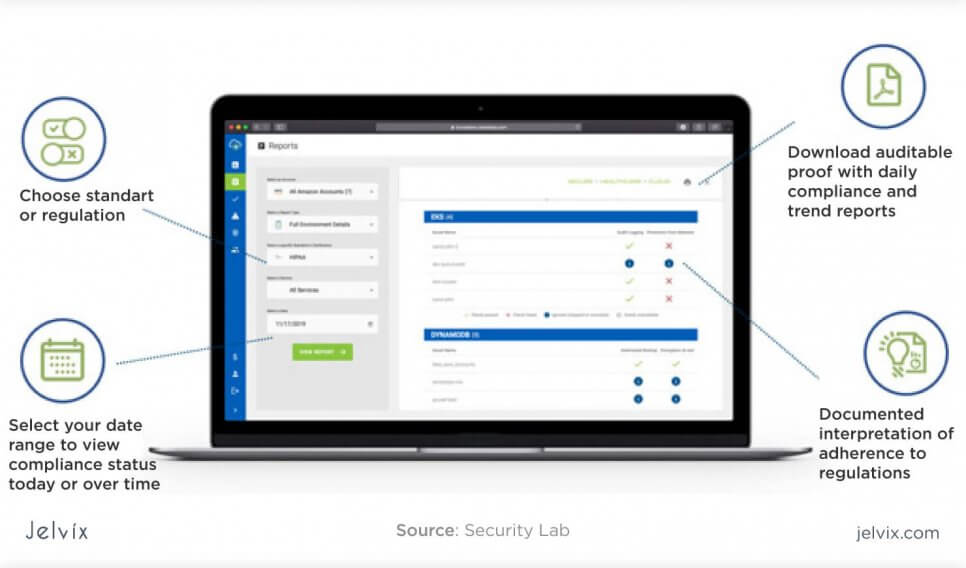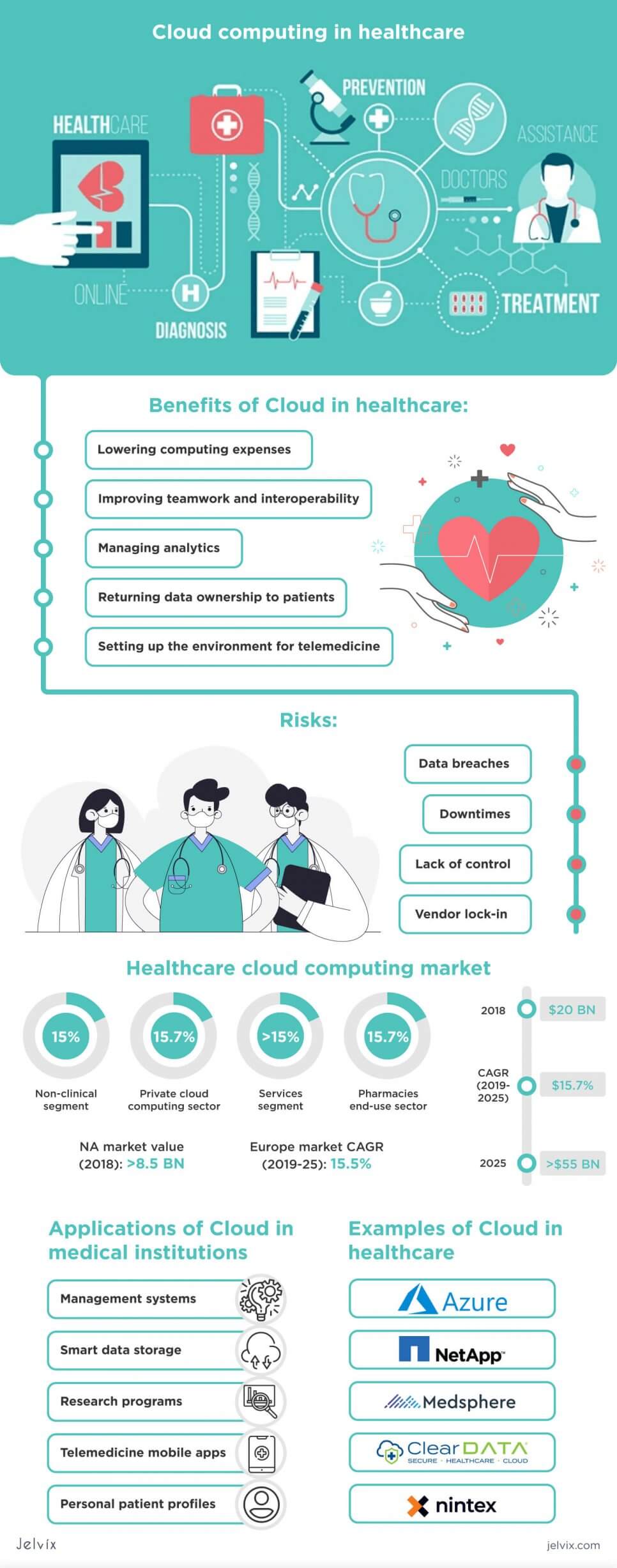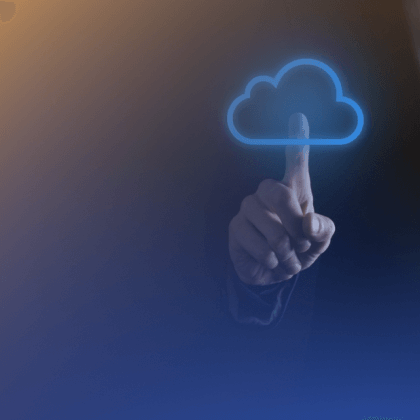Over the last years, Cloud computing turned into a must-explore innovation in the healthcare industry. Hospitals, institutions, and private practices have been actively adopting Cloud platforms for patient care, management, and data security.
As the level of digitalization in healthcare grows, so does the responsibility. Now hospitals need to take care of software development projects, support more administrative work than ever, and provide even higher transparency to patients.
Expectations have hardly ever been higher – and institutions need to live up to them. Medical Cloud computing became the ultimate solution for hospitals – and we’ll take a look at why this is such an essential part of healthcare tech growth.
Benefits of using cloud computing in healthcare
Cloud computing’s main advantage is providing a tangible impact on all parties involved in healthcare. For doctors and staff, such platforms save time and improve organization. Patients get improved user experience and higher data transparency. Stakeholders can get full reports on how the institution is doing at any given moment.
Lowering computing expenses
Cloud computing allows an organization to stop investing in in-house server space. Institutions don’t need to buy hardware, hire specialists for server management and maintenance, or repair technical issues. This is handled by third-party vendors. Obviously, a subscription is a necessary investment, but in the long run, the expenses are much lower.
The major advantage of turning to Cloud computing vendors is the possibility to work on a pay-per-use basis. Hospitals only need to pay for the exact amount of storage and computing power that a team used – no expenses on extra server space.
Improving teamwork and interoperability
Healthcare workers should be able to exchange data on patient cases anytime. If there’s a need to brief in another doctor, the system should allow accessing data from any device. Cloud removes the dependence on a particular device, allowing it to work with patient records regardless of location.
Also, Cloud computing in the medical field brings the gap between healthcare workers and stakeholders. Protocols, reports, prescriptions – all this information can be exchanged in a single click.
Managing analytics
Health-related information is highly important for medical research and handling of the next cases. Doctors should be available to browse previous records anytime and leverage insights for new treatment. This is why organizations need healthcare solutions that store and organize both structured and unstructured patient data. Cloud computing offers enough storage space and computing power, assuring fast data processing.
If healthcare systems also use big data and machine learning, they can build smart systems that improve with every entered record. Potentially, such software can help make educated treatment decisions, check medical errors, and verify treatment plans.
Returning data ownership to patients
Patients need to be able to take the initiative in handling their health state and navigating through issues. Having access to medical data provides them independence in choosing a hospital by location, changing a doctor, and getting medical help anywhere. Platforms that give patients direct access to their medical records help improve their health state and form trust between patients and institutions.
Cloud computing also allows managing strong data on the third-party service that can be accessed by anyone with appropriate credentials. Patients can also be a part of the network, and go through their previous records under special access. Healthcare institutions can build mobile apps that let patients work with their healthcare documentation.
Setting up the environment for telemedicine
Patients don’t always have the possibility to go to the hospital whenever they need a consult or care. Digital platforms tackle this issue by connecting patients to doctors who do remote consults or visit patients at their homes. However, a doctor will not be able to make an objective diagnosis and treatment plan without a detailed patient history.
The use of healthcare Cloud solves this issue by giving ownership to personal medical data to patients. They can allow doctors to see their history at remote consultations and personal visits. The key benefits are obvious – doctors can make educated directions while patients get more freedom.
Ways of adopting Cloud in medical institutions
Cloud computing is a versatile technology. In healthcare, its applications include management systems, smart data storage, research programs, telemedicine mobile apps, personal patient profiles, etc. Let’s take a look at the most common ways of using Cloud by medical institutions.
Improving transparency of patient care
Healthcare institutions use management platforms that store information on every admitted patient, symptoms, diagnosis, treatment, and full medical history. All complications and risks are also recorded in this patient profile. This way, if the patient is admitted to the hospital again, the staff knows which procedures this person has already undergone.
There are many other ways in which Cloud computing improves the patient experience. The software can help detect fraud, drug thefts, and spot inefficiencies.
Tracking medical records real-time
The most obvious application for Cloud computing is in Electronic Health Record Systems. EPIC software requires doctors to update patient profiles during the entire course of treatment. Cloud, in combination with AI, can make the process of handling electronic patient records less tiresome for doctors.
So far, EPIC systems are not ideal. Innovations have been slowly penetrating the healthcare field – hospitals are still falling behind in the adoption of AI and machine learning. Luckily, many Cloud computing vendors offer powerful AI tools together with computing services (IBM’s Watson or Microsoft Azure’s AI). So, the usage of innovative Cloud vendors can reduce costs for staff training and decrease time expenses.
Read about home physical therapy exercise app development use case developed by Jelvix project team.
Data protection
Technically, storing medical data on in-house servers should be safer. After all, you have full control of patient data and can take responsibility for security quality. In reality, healthcare institutions constantly face emergencies and put out fires. Data security is rarely their top priority – there are just too many tasks at hand. As a result, the data protection algorithms end up outdated, leaving patients exposed to cyber threats.
By partnering with a vendor whose main focus is safe data storage, healthcare institutions ensure that their data storage will be updated in regards to the latest standards. AWS, Google, and Microsoft Azure have multiple teams dedicated solely to security – this is definitely not something an average healthcare institution can afford.
Healthcare staff management
Enterprise resource management platforms, used by many hospitals, are focused on distributing human resources. Hospitals handle a lot of emergency work, especially if these are trauma centers. An all-or-nothing working mode is common for hospitals, and at some point, staff might be underworking, while facing overwhelming workload increase the next day.
To help institutions adapt to these emergencies, ERPs and CRMs need to detect patterns in the hospital’s workload. For deep data analysis, a system needs a lot of data. Storing terabytes of information in-house will quickly lead to increased spending.
With cloud computing in the healthcare industry, you can use as much storage as you need. When you are facing an emergency and handling more data, your subscription will scale automatically. On quiet days, the expenses will return to a minimum.
Automating healthcare documentation
Dealing with documentation is the least favorite part of the job for medical specialists. It’s a time-consuming and stressful process – mistakes in paperwork lead to flawed decisions. By using Cloud storage, hospitals open new possibilities for automation.
We already mentioned that most Cloud and healthcare come together with robust AI tools. Hospitals can leverage these opportunities to build smart AI assistants that will detect mistakes in the documentation, select essential information automatically, and cross-check all entered data.
The benefits of documentation automation in healthcare are obvious. Health professionals will save time that can be redirected to actual treatment, the burn-out created will decrease, and the number of errors will lower drastically.
Risks of cloud computing in healthcare
Cloud is a nearly perfect innovation for healthcare – but not entirely so. The technology has its own pitfalls that teams should be aware of. Most of these issues can be navigated with the choice of the right vendor and tech team, so they are hardly deal-breakers.
Data breaches
When an institution chooses a vendor for Cloud for healthcare, the team has to make sure that a provider is adapted to work in the field. Patient data is different from typical user information. Clinical records are highly sensitive, and therefore, carefully regulated on the governmental level.
A Cloud vendor that works with hospitals should comply with GDPR, HIPAA, HITECH. Additionally, look for platforms with transparent security practices, cryptography, possibly blockchain.
Downtimes
Hospital data storage cannot afford to be down even for seconds. A malfunction of a system can deprive the medical team of a critical piece of data during a surgery or treatment procedure. The server infrastructure of health Cloud solutions has to be extremely reliable. If a vendor is chosen poorly, institutions jeopardize patients’ lives.
To assure that a vendor offers steady server performance, examine the past history of downtimes. Performance reports show that Microsoft Azure, for instance, has had a lot of technical issues over the last few years. If you are dealing with the constant stream of incoming patients, this factor could be a deal-breaker.
Lack of control
When a healthcare institution outsources its computing and storage to a third-party infrastructure, it also gives away control over patient data and information on internal operations. Sure, agreements signed with a vendor, specify in detail your rights to the data and measures what can be done to assure its safety. Still, at the end of the day, files are stored on their servers, which gives your vendor an upper hand.
The issue with the lack of control is usually solved with detailed agreements and strong legal support. It’s best to have experienced legal specialists and a team of software development experts on your side – just so you know which terms to negotiate in a deal.
Vendor lock-in
Cloud computing vendors are interested in keeping their clients long-term. If you decide to change the infrastructure, you will have to undergo a time-consuming process of data transfers, legal negotiations, and technological transformation. The process of changing Cloud vendors is always associated with risks – when you transfer information from one vendor to another, the chances of leaks are higher than on an average day.
Obviously, this is not a dramatic risk, rather, an inconvenience. Many healthcare institutions don’t undergo vendor changes in dozens of years. Chances are, you won’t even consider switching to a new provider. Still, if it does happen, be ready for extra expenses and legal work.
Examples of Cloud in healthcare
Despite all the risks, Cloud computing is objectively the next turning point in the digital transformation of the healthcare industry. Innovation adopted by hospitals, research institutions, major tech companies, and health tech startups. Over the last few years, we’ve seen the rise of companies that provide cloud computing services to healthcare institutions. Let’s take a look at the latest Cloud computing applications in healthcare.
Microsoft Azure
Microsoft Azure focuses on developing AI-based platforms for computing and data processing in their infrastructure. Microsoft offers public and private Cloud to store healthcare data. The company has been focused on helping medical specialists with research, objective diagnosis, and automation. The solution is compatible with HITECH and HIPAA, as well as tech security certifications (GRC, CSA).
NetApp
NetApp is a hybrid cloud provider that’s focused on healthcare as one of its mainly prioritized fields. The team developed custom solutions for hospitals, tailored to healthcare management systems and Electronic Health Records software. NetApp is focused on aggregating patient data, providing automated backups, maintaining performance speed in low latency conditions, and offering insights on better performance.
Medsphere
A computing solution developed specifically with regard to the needs of medical institutions. It’s a Cloud-based EHR platform with additional features for accounting, financial management, and staff monitoring. The platform is based on Azure’s infrastructure, but the functionality is adapted to the specifics of healthcare operations.
Cleardata
Cleardata is not a standalone Cloud infrastructure; it’s an extension that can be integrated with other computing platforms. It’s a tool that checks the safety of patient data storage, installs safeguards, and offers frameworks for automation. The tool also monitors changes in institutions’ Cloud, detecting safety risks, and fraudulent behavior.
Nintex
A tool that can be integrated with Cloud storage, which targets documentation automation. The tool is focused on providing ready-to-use templates for medical records, AI tools, and analytics. Doctors can use the tool to fill out basic patient documentation automatically, look for errors, and detect changes in patient state.
Conclusion
The market of healthcare Cloud computing is no longer limited to transferring data processing and storage to a vendor. It’s no longer just about refusing in-house servers in favor of third-party infrastructures.
Healthcare Cloud computing has become a lot more than an approach to data processing. We’ve already seen multiple extensions that can be integrated with cloud and enhance data safety, improve patients’ experience, and automation documentation. Cloud is now an essential component of many innovations. At this point, you need to be on the Cloud just to get started with the adoption of many services.
At Jelvix, we’ve always been highly invested in Cloud computing. Even before it became a major development trend, our team had seen the potential of the technology. We help organizations to transfer their operations to Cloud and build health tech apps.
If you are considering switching your healthcare institution to Cloud computing, consult our team. We will guide you through the entire process, be it help with choosing a vendor, legal negotiation, or maintenance.
Cloud computing is revolutionizing the healthcare industry by enhancing data accessibility and improving collaborative care. Explore how these advancements connect with Healthcare software development at Jelvix, where cutting-edge technology meets healthcare expertise.
Need a healthtech app?
Extend your development capacity with the dedicated team of professionals.





